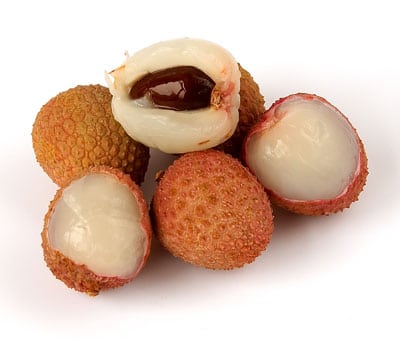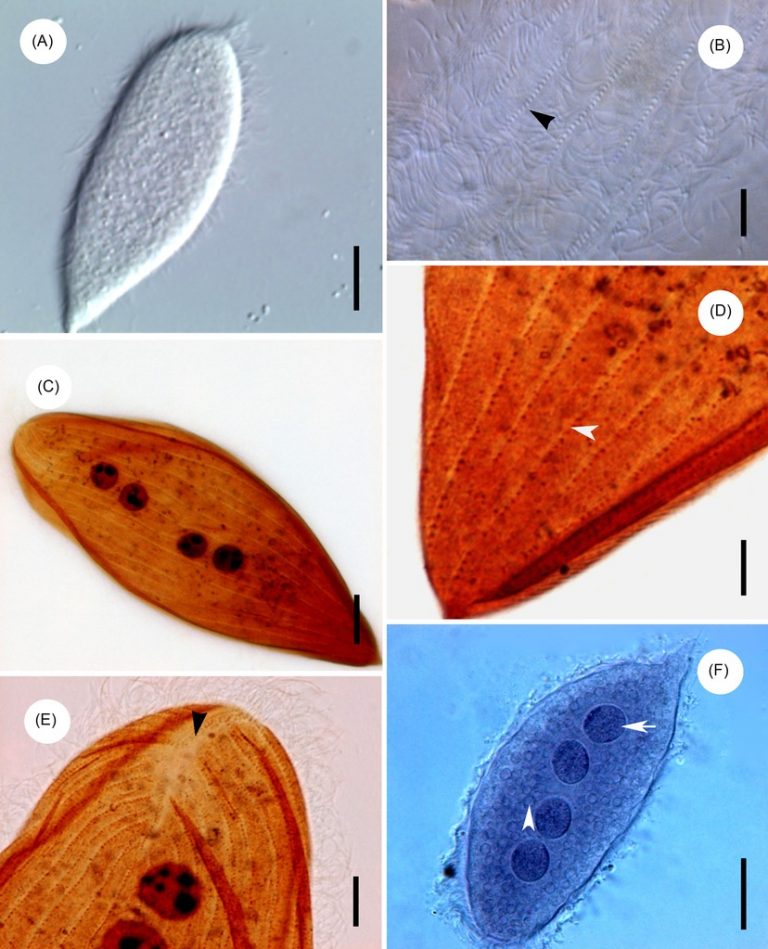Lychee
Scientific Classification
| Kingdom: | Plantae |
| (unranked): | Angiosperms |
| (unranked): | Eudicots |
| (unranked): | Rosids |
| Order: | Sapindales |
| Family: | Sapindaceae |
| Subfamily: | Sapindoideae |
| Genus: | Litchi Sonn. |
| Species: | L. chinensis |
| Binomial name: | Litchi chinensis |
The lychee Litchi chinensis (Chinese: pinyin Li Zhi) is the only associate of the Litchi genus in the soapberry family of Sapindaceae.
Anatomy
The Litchi tree is an evergreen variety that grows as tall as 10-28 meters; its fruits are as long as 5 cm (2.0 in) and as wide as 4cm (1.6 in) and fleshy. Although it has a fantastic taste, China has greatly kept it a secret. The outer covering of the Lychee is coarse in texture, but it splits open effortlessly and you get a sweet-smelling, semi-acid to sweet and very delicious and distinctive fruit on the earth.
Habitat
Lychee tree hails from the subtropics as well as the tropics and are inhabitants of the Chinese regions of Fujian and Guangdong, and presently grow in several regions of the world.
GROWING AT HOME

Photo by: Barry Fitzgerald, USDA
Soil for Planting
Originally Lychee trees come from the rainforest regions of south China, here the trees normally grow to a height of around 100’. To get the finest fruits, create a soil structure similar to that of the lychee’s original environment. Ensure that the soil is rich in natural stuff, properly drained and does not contain artificial elements such as vermiculite or perlite.
Planting
In order to raise a fit Lychee tree, begin by planting your Lychee tree in a proper site. Lychee trees must complete sunlight, hence be sure to plant your tree at a minimum distance of 10 feet from any building, and set them apart from any big trees. Usually lychee tree portions that come under the shade do not bear fruits. Hence, consider the sun’s, exposure to your tree to get a good produce in the future.
Watering
Lychees do not prefer wet soil; therefore plant your lychee tree in a properly drained soil. During the maturing period, the lychee requires a regular supply of water. Soils that contain salt, particularly in the Southwestern areas need constant watering to avoid building up of salt. The growth of Lychee gets diminutive if water stands around the tree. Recently planted trees need watering twice or thrice in a week for the initial weeks of planting; however, once the tree establishes itself, reduce the watering.
Temp and Humidity
They flourish in subtropical surroundings. They do not bear fruit in the intense tropical environment. Grown up trees bear a little bit of frost, however continuous drop in temperature below 32 degrees harms or withers away the tree.
Care
Organic manure containing extracts of compost, kelp or seaweed is ideal. Never use non-natural fertilizers (Phosphorus, Nitrogen or Potassium); they kill several vital organisms in the ecology of the soil of your lychee tree. If you do not apply NPK fertilizers properly (easy to do), it leads to burning up of the roots of your lychee tree(s) and causes aggregation of the particles of soil. This in due course counter affects the drainage of the soil and slows down the living of the microenvironments which is necessary for the soil food web organisms to thrive.
Pests and Pesticides
Regarding pests, watch out for aphids, mites as well as mealy bugs. Indications of infection are small webs on the plants, noticeable insects or mass of white “powdery” deposits on the plant. Take care of the infection at the earliest, to avoid the disease-spreading to your other plants.
Harvest Month and Storage

Photo by: Luc Viatour
For sale in the local area or for domestic use, reap the lychees when they attain full color; in case you are shipping, reap them when they attain partial color. Ultimately, when the fruit bulges, the skin swells less and flattens. A skilled picker identifies the right time to pick the ripe fruits. When they pick the lychees, they remain fresh in quality and color for 3 to 5 days at room temperature. To keep them fresh for a fairly long period pre-treat them with 0.5% copper sulfate solution and place them in punched polyethylene bags.
Varieties
The main lychee is the Litchi chinensis that extends over the tropics and the world over and bears the fruit that people enjoy to eat.. People cultivate many varieties of lychees with different names for definite quality.

Having discovered a fondness for insects while pursuing her degree in Biology, Randi Jones was quite bugged to know that people usually dismissed these little creatures as “creepy-crawlies”.







